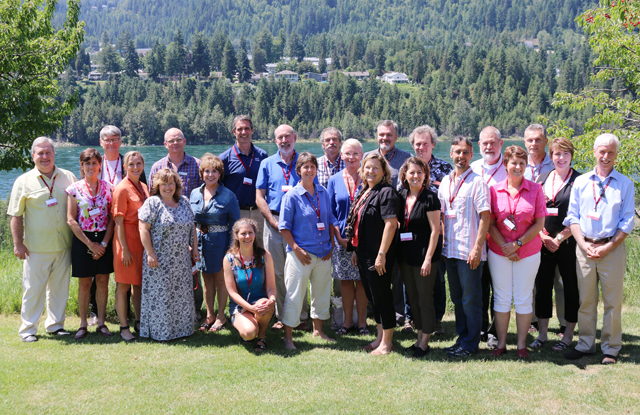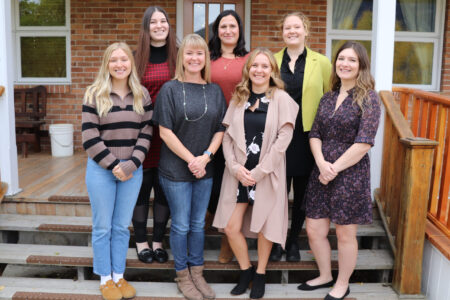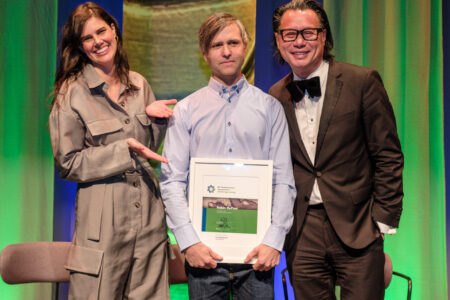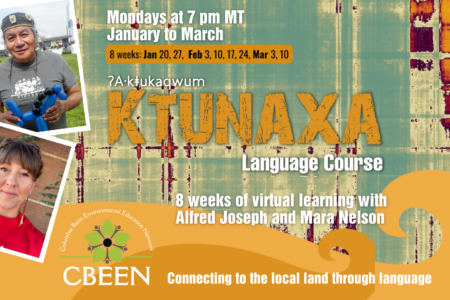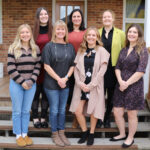Taking a Look at Post-Secondary Education from a North/South Perspective
Community college leaders from both sides of the Canada-United States border gathered at the Selkirk College Castlegar Campus last month to embark on a new north-south relationship aimed at enhancing opportunities for both students and educators.
Administrative and academic leaders from Community Colleges of Spokane (CCS) and Selkirk College met on June 24-25 to forge the new partnership. An evening dinner meeting and facilitated day-long workshop helped identify specific areas where collaboration can benefit programming, student learning and professional development.
“We accomplished a lot,” says CCS Chancellor Christine Johnson.
“Not just the deepening of the relationship between sets of professional colleagues who do similar work in a similar region with similar challenges, but that we were able to draw from each other good ideas and a commitment in idea sharing.”
CCS is the largest community college district in Washington, serving more than 38,000 students a year across eastern side of the state.
Along with Spokane Community College and Spokane Falls Community College, CCS also delivers a variety of educational programs including rural outreach, business and community training, and adult literacy services.
Selkirk College has more than 2,200 full time students and serves over 11,000 learners each year in the West Kootenay-Boundary region of British Columbia.
With nine campuses and learning centres spread across the region, the college provides more than 60 programs at the certificate, diploma, advanced diploma and degree levels.
Johnson and Selkirk College President Angus Graeme first met at a meeting for post-secondary institutions working with the First Nations communities of northeast Washington.
“I made an immediate connection with another lifelong advocate for the community college movement in North America,” Graeme says of Johnson.
“Our respective colleges have been working with the Lakes (Sinixt) community of Inchelium on the Colville Reservation. With so many similarities and a geographic bond, we agreed that there was an opportunity to work toward some sort of collaboration for our Aboriginal students and other programming.”
After several informal discussions between Johnson and Graeme, an envoy of 10 CCS administrators and educators were invited to the Castlegar Campus to meet with 14 Selkirk College counterparts.
The informal discussions and formal workshop over the two days produced a number of important starting points around bolstering common student learning objectives, professional development collaborations, potential exchanges and enhanced programming.
With the importance of the Columbia River system forming a geographical backbone, participants from both sides of the border left the meeting with a better understanding of shared interests and encouraged by the wealth of future possibilities.
“We have a lot of serious work to do as we get down to working on ways we can capitalize on this new relationship and do what community colleges are meant to do, which is to find better solutions to common problems,” says Johnson.
Find out more about Community Colleges of Spokane at ccs.spokane.edu and Selkirk College at selkirk.ca.


